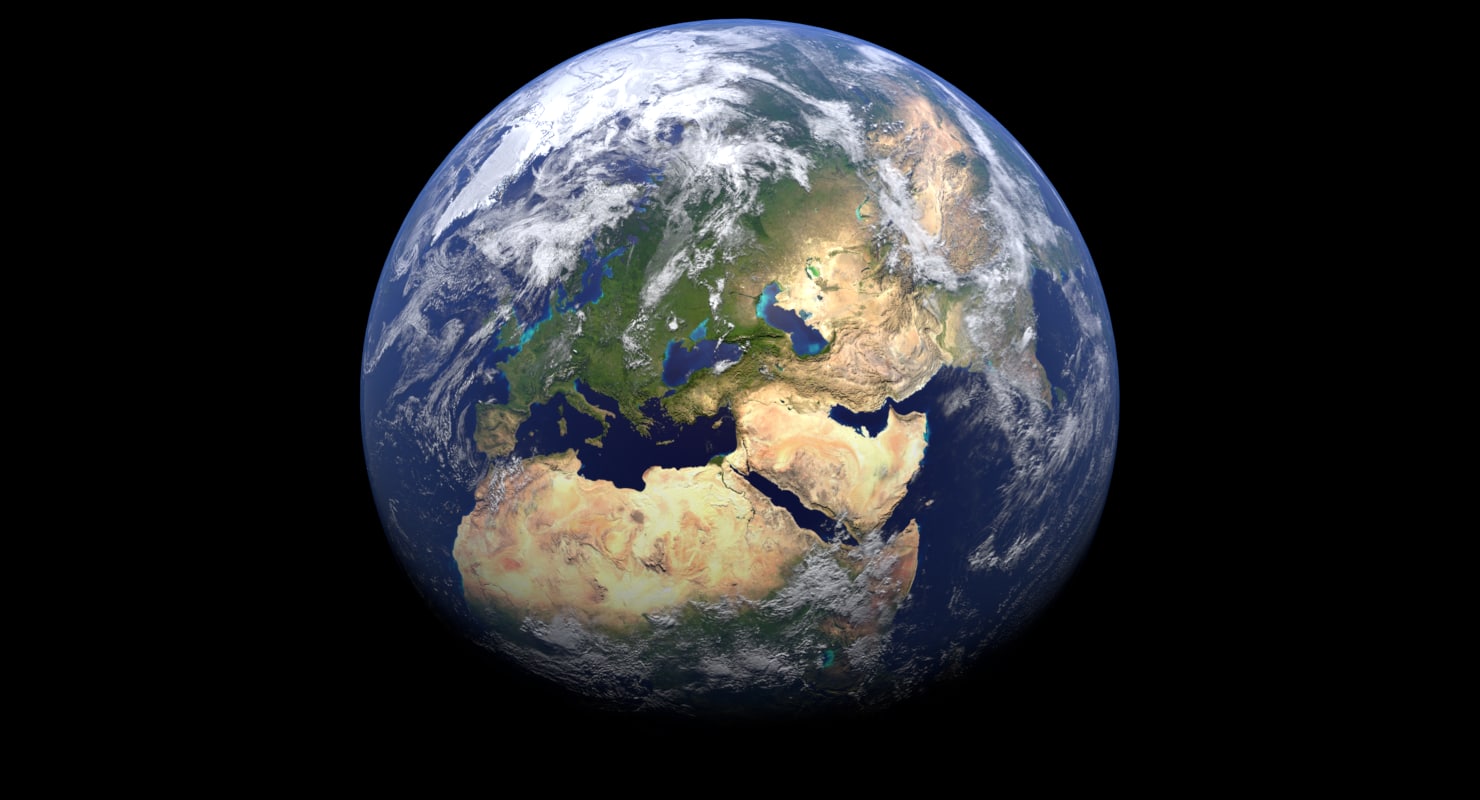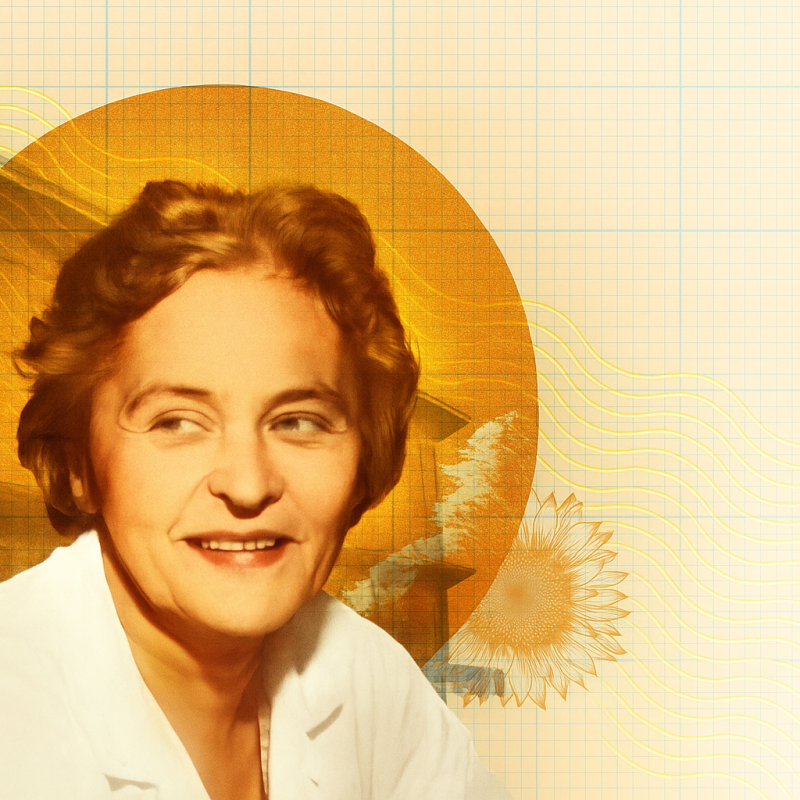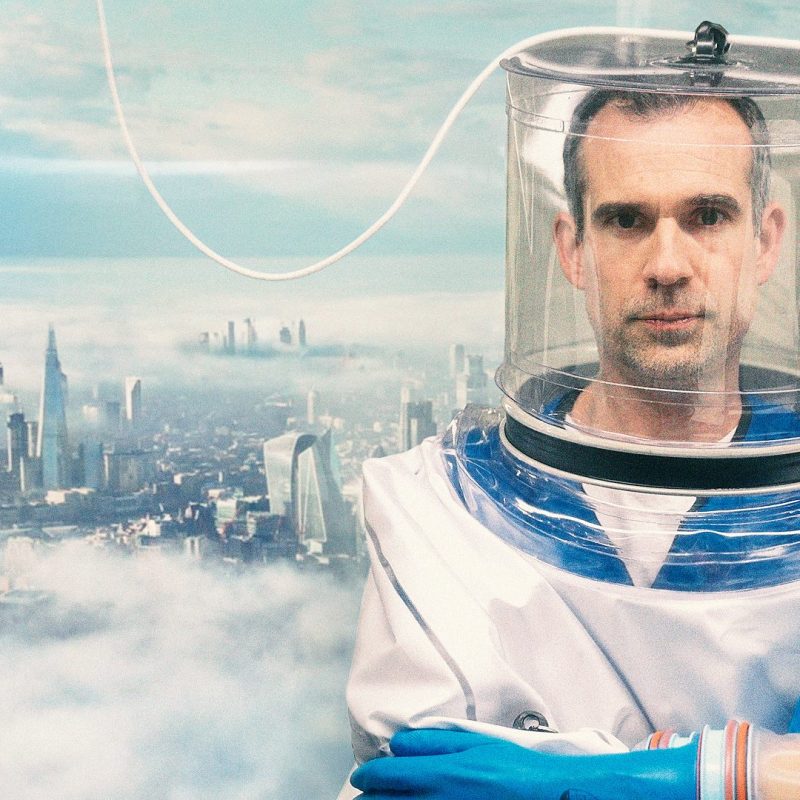description:
Continents move. Glacial cycles come and go. Mountains spring up and erode away. We live on a planet that is constantly in motion-except we see it in extreme slow motion. In this exciting course of 48 half-hour lectures, you effectively speed up the action to witness the history of our planet unfold in spectacular detail, learning what the Earth is made of, where it came from, and, above all, how it works.
episodes:
01. Geology's Impact on History
If you could view Earth’s history at high speed, you’d see continents whiz about, ocean basins grow and shrink, and mountain ranges rise and erode away. This lecture sets the stage for investigating our dynamic planet.
02. Geologic History—Dating the Earth
Discovering Earth’s exact age took centuries of detective work. Rock strata provide relative ages, but only with the discovery of radioactivity was it possible to determine the absolute geologic timescale.
03. Earth's Structure—Journey to Earth's Center
Analysis of seismic waves from earthquakes allows scientists to map the structure inside Earth. Using this technique, we take a modern-day journey to the center of the Earth in the style of Jules Verne.
04. The Basics of Plate Tectonics
The theory of plate tectonics accounts for the existence of continents, oceans, mountains, earthquakes, volcanoes, mineral resource distribution, climate changes, and many other aspects of our planet.
05. The Basics of Plate Tectonics
The theory of plate tectonics accounts for the existence of continents, oceans, mountains, earthquakes, volcanoes, mineral resource distribution, climate changes, and many other aspects of our planet.
06. Making Matter—The Big Bang and Big Bangs
We investigate the big bang and the early evolution of the universe to learn the origin of atoms, stars, and planets. The supernovae of dying stars played a key role in forging heavy elements.
07. Creating Earth—Recipe for a Planet
The solar system formed 4.6 billion years ago when a cloud of gas, dust, and ice began to collapse and rotate, with Earth accreting in the inner region of the disk. An enormous collision with the proto-Earth produced the Moon.
08. The Rock Cycle—Matter in Motion
Though rocks may seem eternal, they are part of a continuous cycle of changing forms called the rock cycle, which begins with igneous rocks and can involve sedimentary and metamorphic phases.
09. Minerals—The Building Blocks of Rocks
Rocks are made of minerals, which in turn are composed of different elements. Silicon and oxygen are the two most abundant elements in Earth’s mantle and crust, and most rocks contain them.
10. Magma—The Building Mush of Rocks
Most magma is generated beneath mid-ocean ridges, where plates move apart and rock moves toward the surface to fill the gaps. Magma forms in these places due to a process called pressure release.
11. Crystallization—The Rock Cycle Starts
When magma cools below certain temperatures, solid mineral crystals begin to grow. With continued cooling the entire magma will eventually crystallize, and the result is an igneous rock.
12. Volcanoes—Lava and Ash
Volcanoes form where magma reaches the surface and erupts—at which point the magma becomes lava. The different kinds of volcanoes are related to the tectonic settings in which they occur.
13. Folding—Bending Blocks, Flowing Rocks
Most rock of the crust and mantle is solid. And yet, over long timescales, the crust and mantle are in motion, bending and flowing. This lecture shows how rocks deform in an elastic, plastic, or brittle manner.
14. Earthquakes—Examining Earth's Faults
More than 200,000 earthquakes are recorded each year. We examine the types of faults along which they occur and the aftermath, which in some cases can leave the Earth ringing like a gong for months.
15. Plate Tectonics—Why Continents Move
Continents move because they are the surface expression of mantle convection. Two main forces are directly responsible for plate motions: slab pull and ridge push.
16. The Ocean Seafloor—Unseen Lands
The seafloor shows a tremendous diversity of features that are related to plate tectonics and the process of mantle convection.
17. Rifts and Ridges—The Creation of Plates
Oceans undergo reincarnation: they repeatedly die and are reborn. The Atlantic Ocean is only 180 million years old and will eventually close up again. The Red Sea appears to be a new ocean in the making.
18. Transform Faults—Tears of a Crust
The San Andreas is a transform fault that separates the North American and Pacific plates. Transform faults are actually rare on land, but mid-ocean ridges are intersected by countless such features.
19. Subduction Zones—Recycling Oceans
Subduction zones are the most geologically exciting places on Earth. Here the most destructive earthquakes and volcanoes occur, and forces are generated that may rip supercontinents apart.
20. Continents Collide and Mountains Are Made
When plate motions bring continents in contact with each other, the result is the formation of mountains. A notable example is the Himalayas, produced by the continental collision of India with China.
21. Intraplate Volcanoes—Finding the Hot Spots
For years intraplate volcanoes such as those that produced the Hawaiian Islands were lumped together under the catch-all name of “hot spots,” but recent work is showing that Earth has many different ways of making a volcano.
22. Destruction from Volcanoes and Earthquakes
The largest earthquakes and volcanic eruptions release as much energy as the simultaneous explosion of tens of thousands of nuclear weapons. We look at the human consequences of these events.
23. Predicting Natural Disasters
Volcanoes can be easily monitored, and they reveal many clues to an impending eruption as the magma slowly forces its way toward the surface. Earthquakes, by contrast, are not yet predictable.
24. Anatomy of a Volcano—Mount St. Helens
We examine the eruption of Mount St. Helens on May 18, 1980, triggered when an earthquake caused a gigantic avalanche that released pent-up magma and gases, leveling trees for over 600 square kilometers.
25. Anatomy of an Earthquake—Sumatra
The 2004 Sumatra earthquake produced a massive tsunami that killed more than 200,000 people around the Indian Ocean. We look at the complex tectonic forces behind this cataclysm.
26. History of Plate Motions—Where and Why
Earth’s tectonic plates have been moving for at least as long as scientists can see back into the geologic record. Over time the continental fragments collect into supercontinents and then break apart again.
27. Assembling North America
North America has a fascinating geologic history, having continuously grown in size through collisions with other continents. The process of growth has been very different on the East and West coasts.
28. The Sun-Driven Hydrologic Cycle
As fast as plate tectonics creates mountains, erosion tears them down. The principal agents of erosion are water and ice, which are part of a continuous cycle of moving water called the hydrologic cycle.
29. Water on Earth—The Blue Planet
Earth is unique in the solar system for having liquid water at its surface. Water is the single most important substance on our planet, controlling much of geology and allowing for the evolution of life.
30. Earth's Atmosphere—Air and Weather
Earth’s gravity is strong enough to hold onto an atmosphere of nitrogen and oxygen, while lighter gases have long since been lost to space. We explore the structure of the atmosphere and its circulation.
31. Erosion—Weathering and Land Removal
A mountain on the Moon can last for billions of years, but the same mountain on Earth is worn down in only tens of millions of years. The reason is the rapid rate of erosion on Earth due to its atmosphere and hydrosphere.
32. Jungles and Deserts—Feast or Famine
The circulation of air within the atmosphere occurs predominantly in the form of six large convecting cycles called Hadley, Ferrel, and Polar cells. These control the distribution of precipitation and therefore of ecosystems.
33. Mass Wasting—Rocks Fall Downhill
Once rock is broken into sediment, gravity makes sure that it heads downhill. Such “mass wasting” can occur as quickly as a landslide or as slowly as the piecemeal creep caused by repeated freezing and thawing.
34. Streams—Shaping the Land
Once sediment is eroded and moved downhill, streams do most of the work from there. Streams are like a giant network of highways, continuously carrying rock from the mountains to the sea.
35. Groundwater—The Invisible Reservoir
There is 100 times more water in the ground than in streams and lakes combined. Groundwater rarely consists of underground rivers, but rather of water percolating slowly though tiny pore spaces within rocks.
36. Shorelines—Factories of Sedimentary Rocks
The pounding of ocean waves is so strong that it sets all the continents reverberating. Shorelines are energetic environments where wave energy erodes rock and transports the sediments that become sedimentary rocks.
37. Glaciers—The Power of Ice
Glaciers are slowly moving rivers of flowing ice. They are remarkably efficient agents of erosion, tearing away mountains faster than any other geologic process.
38. Planetary Wobbles and the Last Ice Age
There is a cyclical pattern in the alternation of cold glacial periods and warmer interglacials, primarily due to variations in Earth’s orbital characteristics. These are called Milankovitch cycles.
39. Long-Term Climate Change
Long timescale variations in climate are controlled predominantly by plate tectonics. The global cooling that has occurred over the past 50 million years is largely due to the formation of the Himalayan Mountains.
40. Short-Term Climate Change
This lecture looks at climate change on timescales of decades to thousands of years. Several factors affect climate at these shorter timescales, among them variations in sunlight, ocean current fluctuations, and volcanoes.
41. Climate Change and Human History
The course of human civilization, which began at the same time as the warm, stable climates of the current interglacial period, is strongly tied to small changes in global and regional climates.
42. Plate Tectonics and Natural Resources
Did you ever wonder why there is gold in California, coal in Indiana, and oil in Iraq? During the natural process of plate tectonics, valuable metals and ores become concentrated to levels much higher than they normally exist.
43. Nonrenewable Energy Sources
Most of the energy that humans now consume is in the form of nonrenewable sources, notably oil, natural gas, and coal. Uranium for powering nuclear reactors is also a limited, nonrenewable source.
44. Renewable Energy Sources
We will eventually get almost all of our energy from solar-driven sources. These include solar panels and passive solar heating. Wind power, hydroelectric power, and biomass are also ultimately derived from sunlight.
45. Humans—Dominating Geologic Change
Life has been altering the planet over roughly the past 4 billion years. What is remarkable, however, is the rapidity with which humans have become Earth’s most powerful agent of geologic change.
46. History of Life—Complexity and Diversity
Life on Earth began at least 3.85 billion years ago, almost as soon as the conditions of a stable ocean would allow it. The path of evolution since then has been a remarkable one, and an integral part of Earth’s story.
47. The Solar System—Earth's Neighborhood
Although Earth is unique in our solar system for having complex life, it is not unique in geologic processes such as volcanism, earthquakes, mantle convection, erosion, and even stream and lake formation.
48. The Lonely Planet—Fermi's Paradox
What are the chances that there are other civilizations in our galaxy? Given the delicate balance of conditions that have allowed life to flourish on Earth, that number may be astonishingly small.
SIMILAR TITLES:
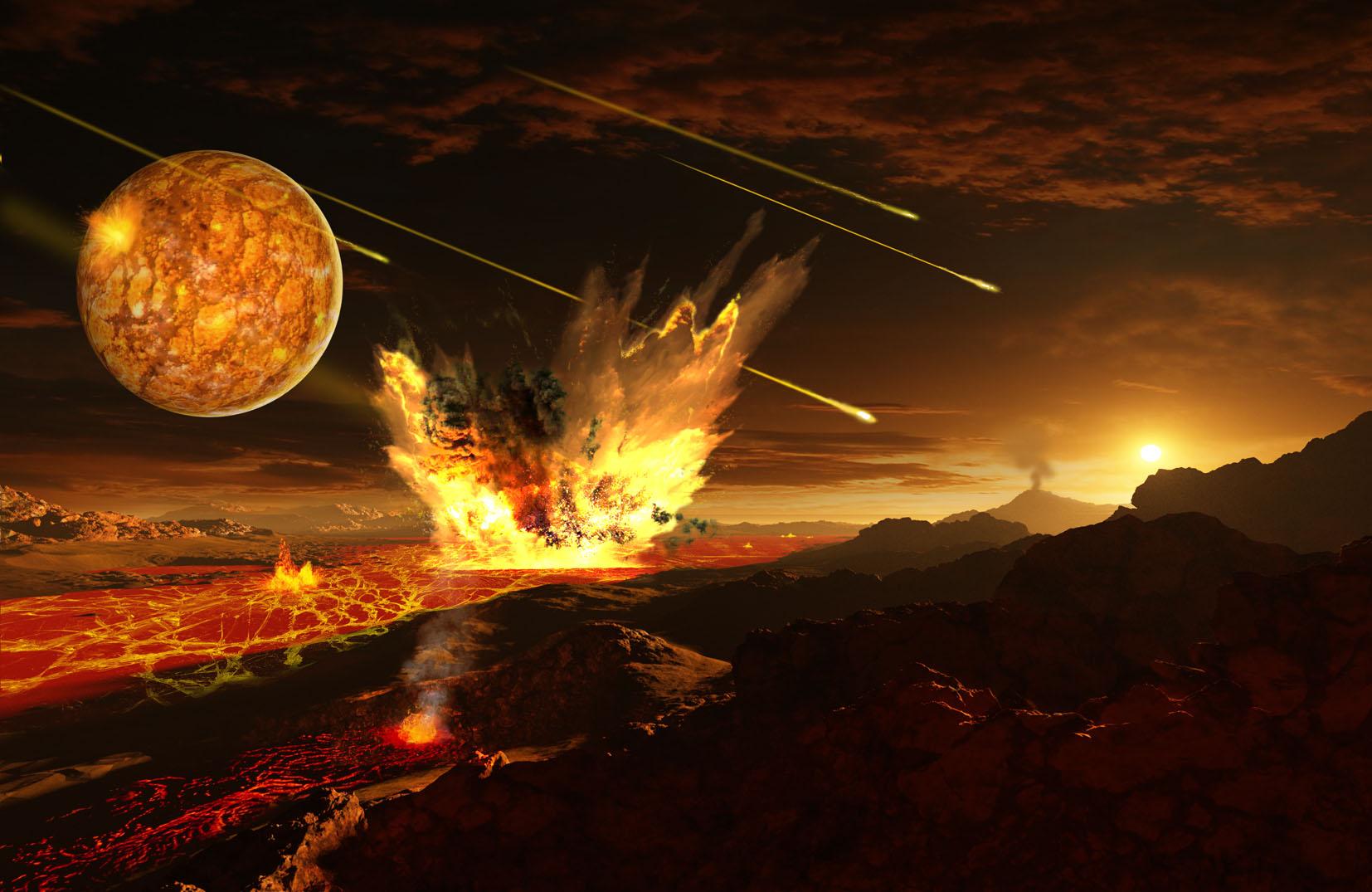 The Origin and Evolution of Earth: From the Big Bang to the Future of Human Existence
The Origin and Evolution of Earth: From the Big Bang to the Future of Human Existence
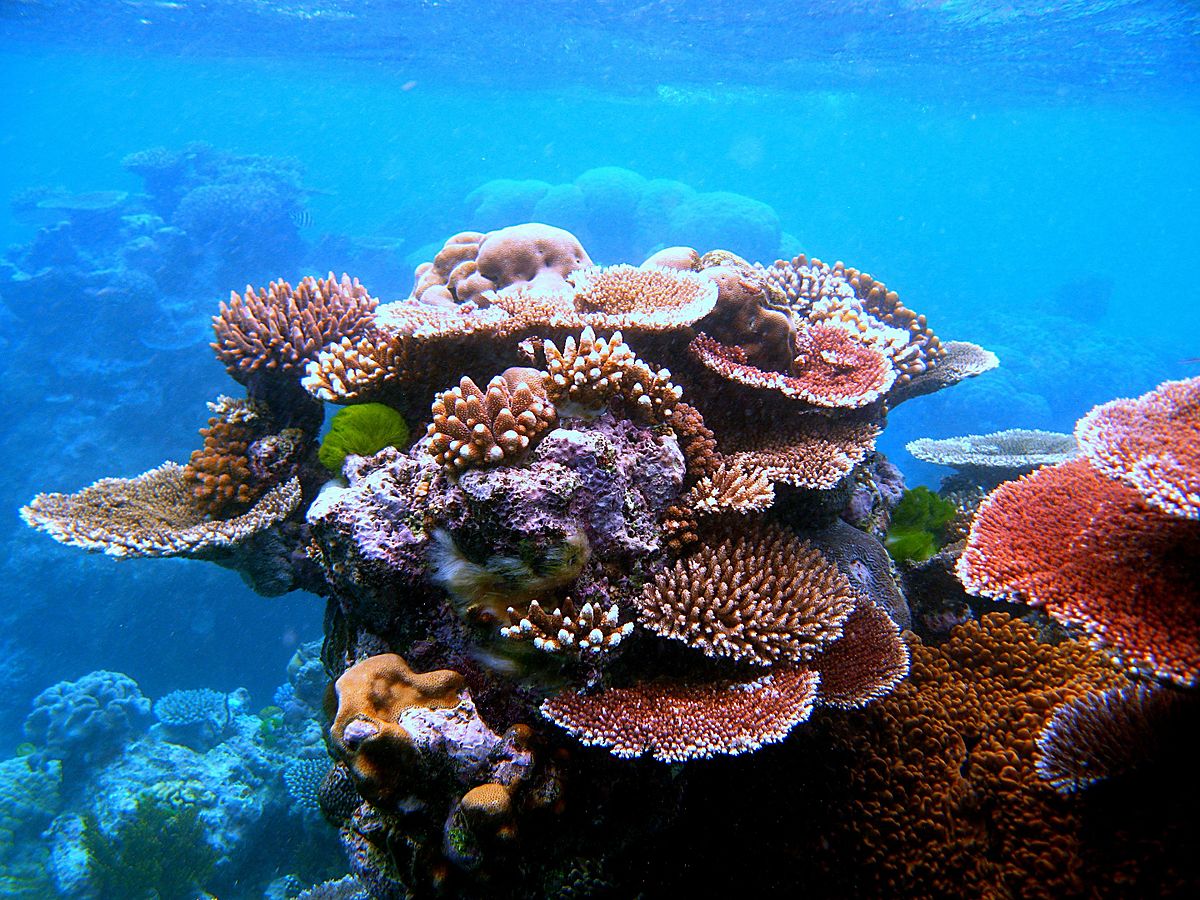 Oceanography: Exploring Earth’s Final Wilderness
Oceanography: Exploring Earth’s Final Wilderness
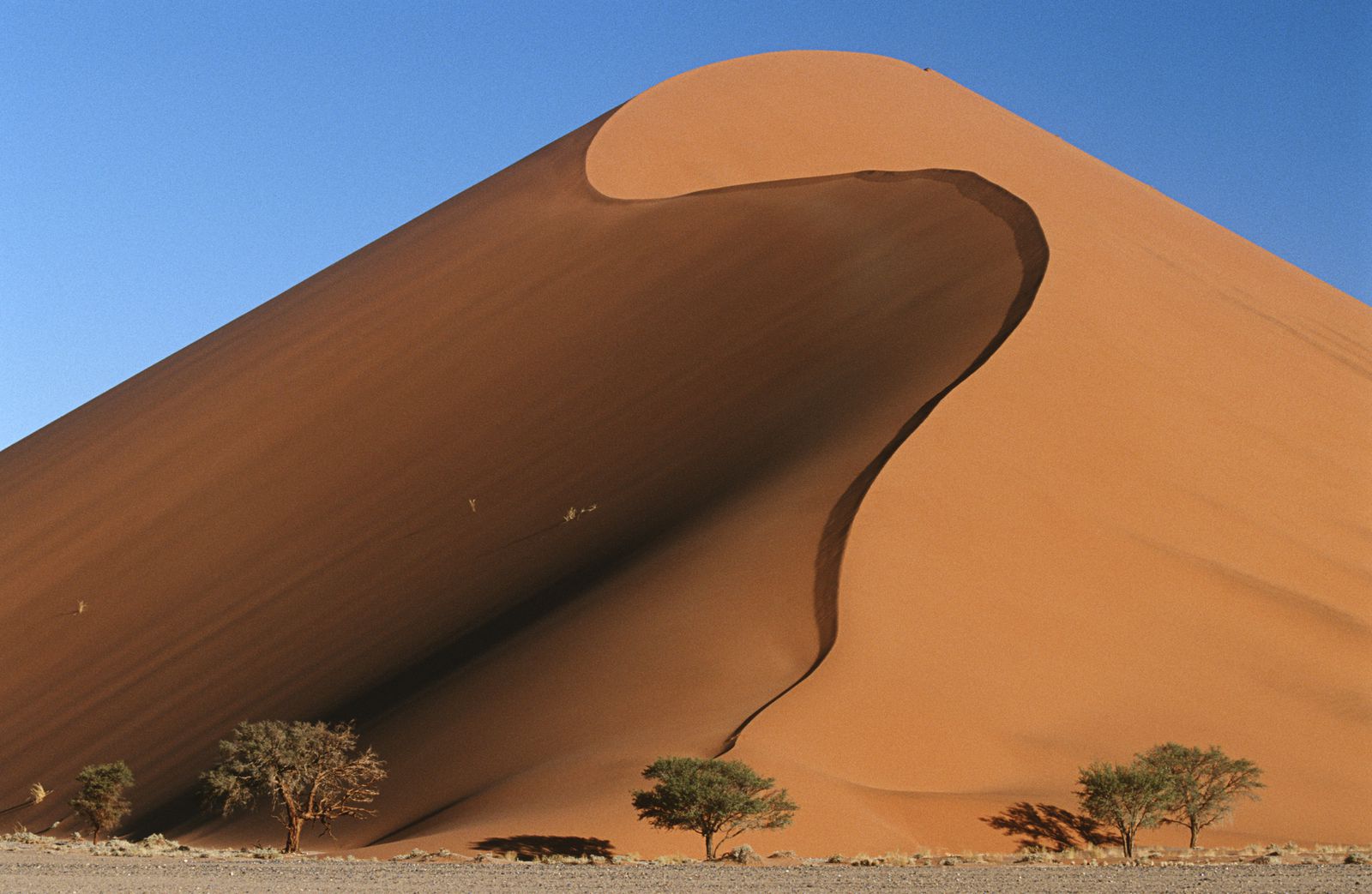 The World’s Greatest Geological Wonders: 36 Spectacular Sites
The World’s Greatest Geological Wonders: 36 Spectacular Sites
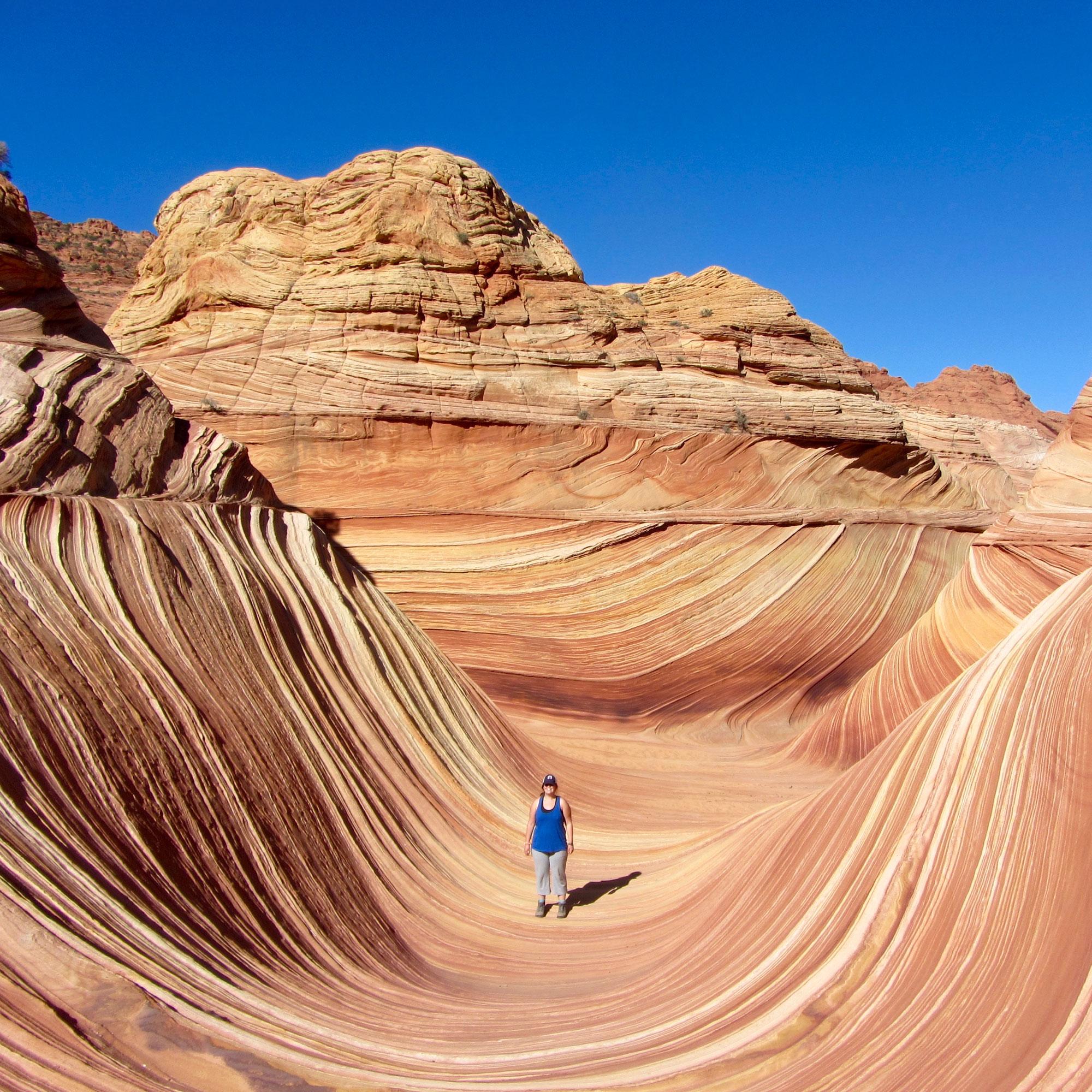 Wonders of the National Parks: A Geology of North America
Wonders of the National Parks: A Geology of North America
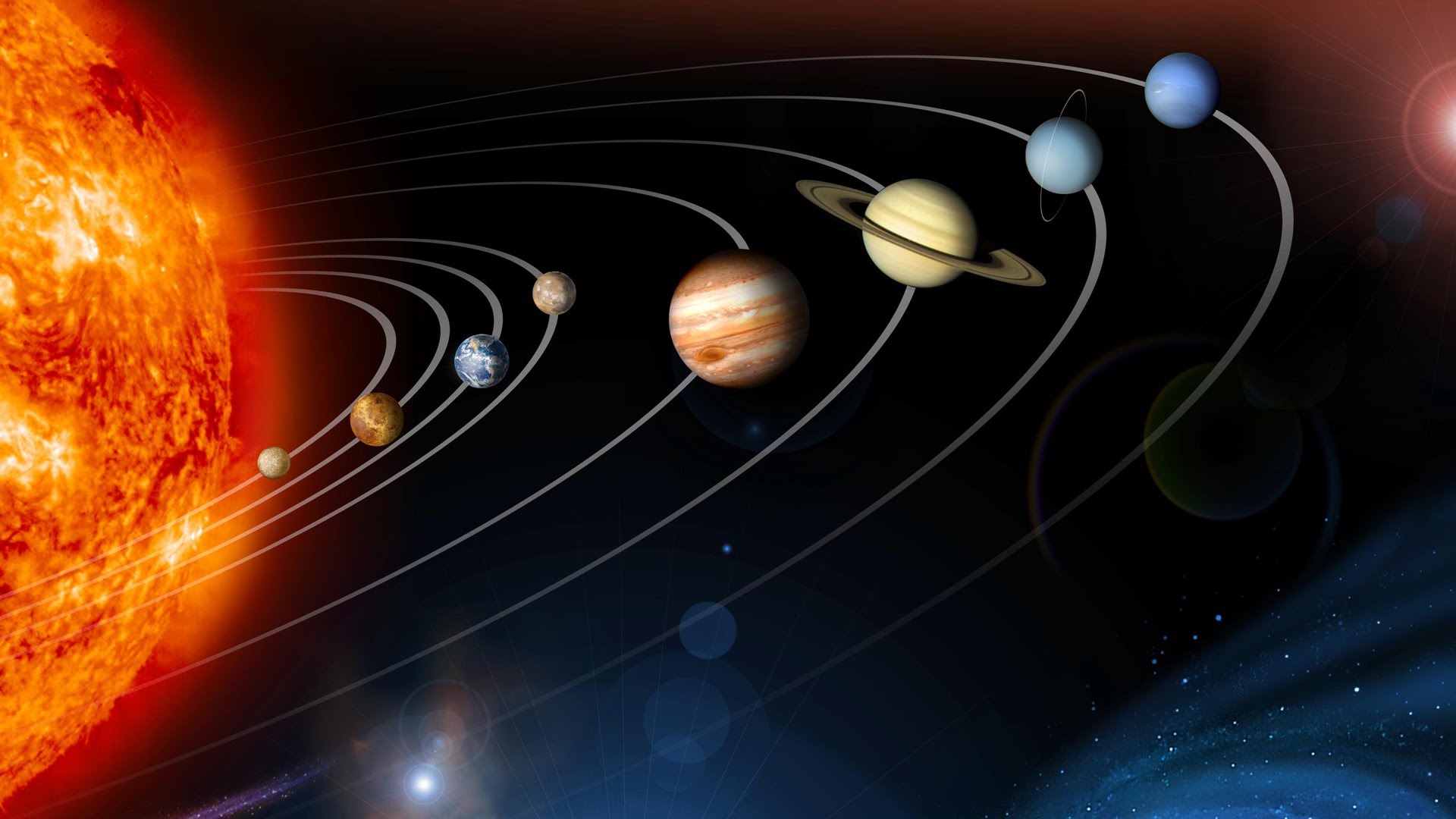 A Field Guide to the Planets
A Field Guide to the Planets
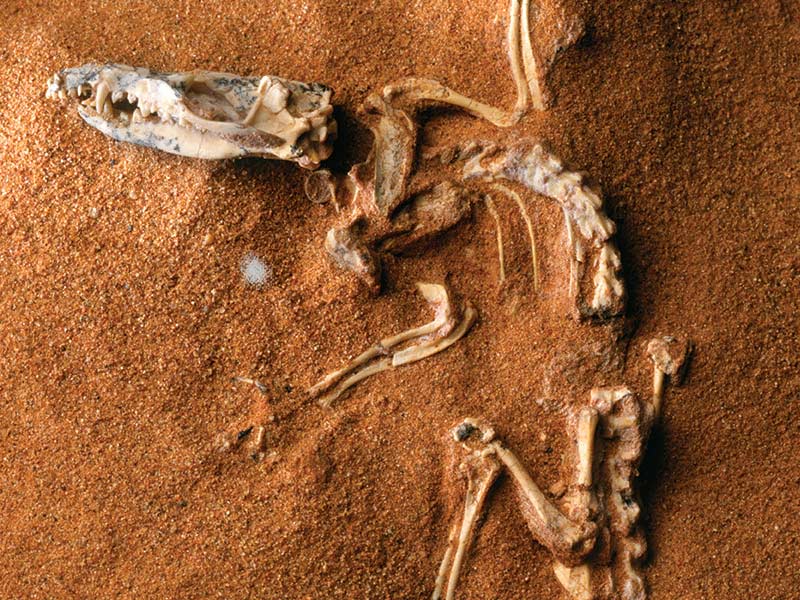 A New History of Life
A New History of Life

